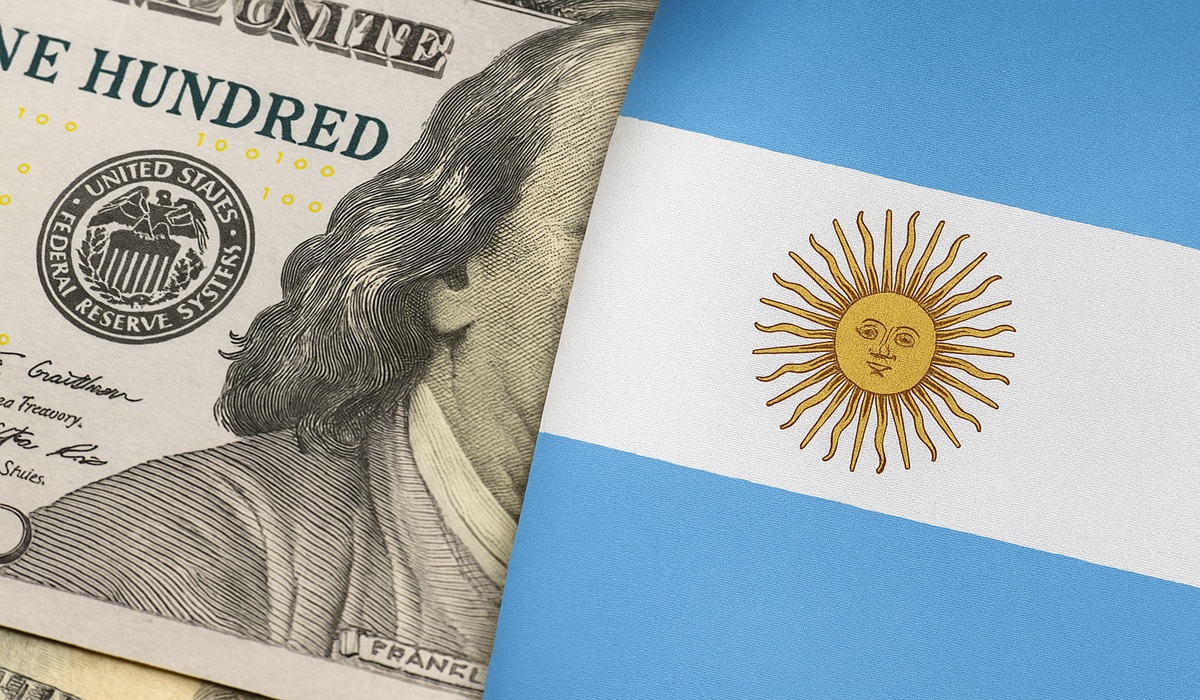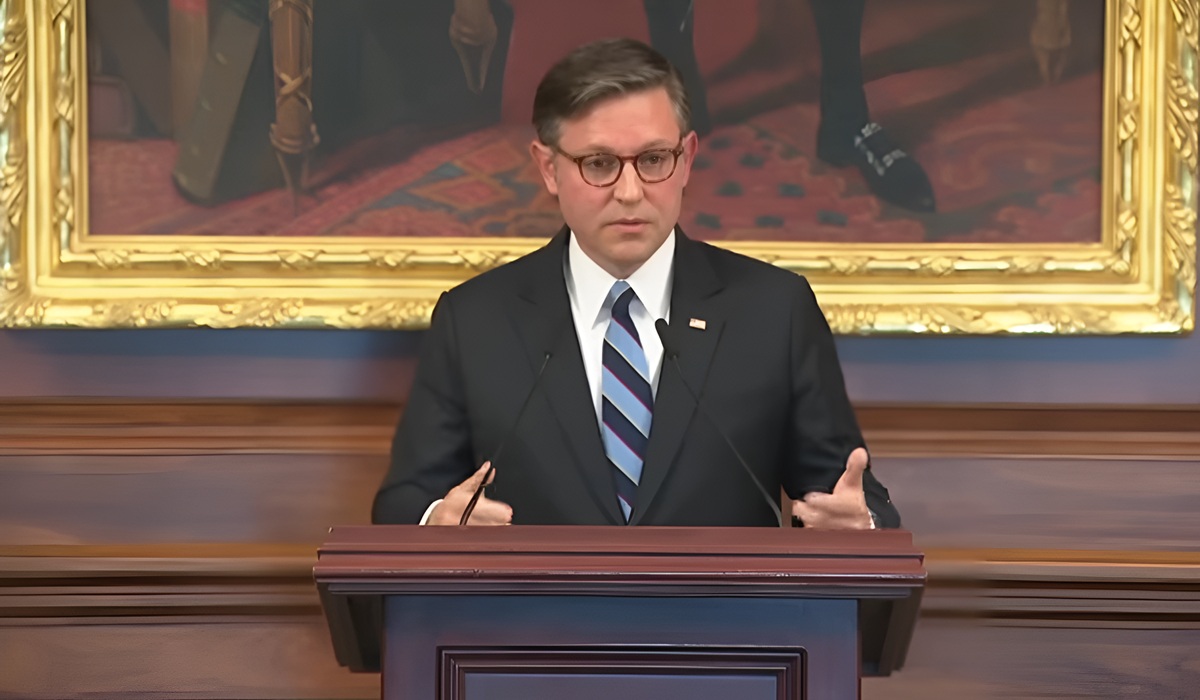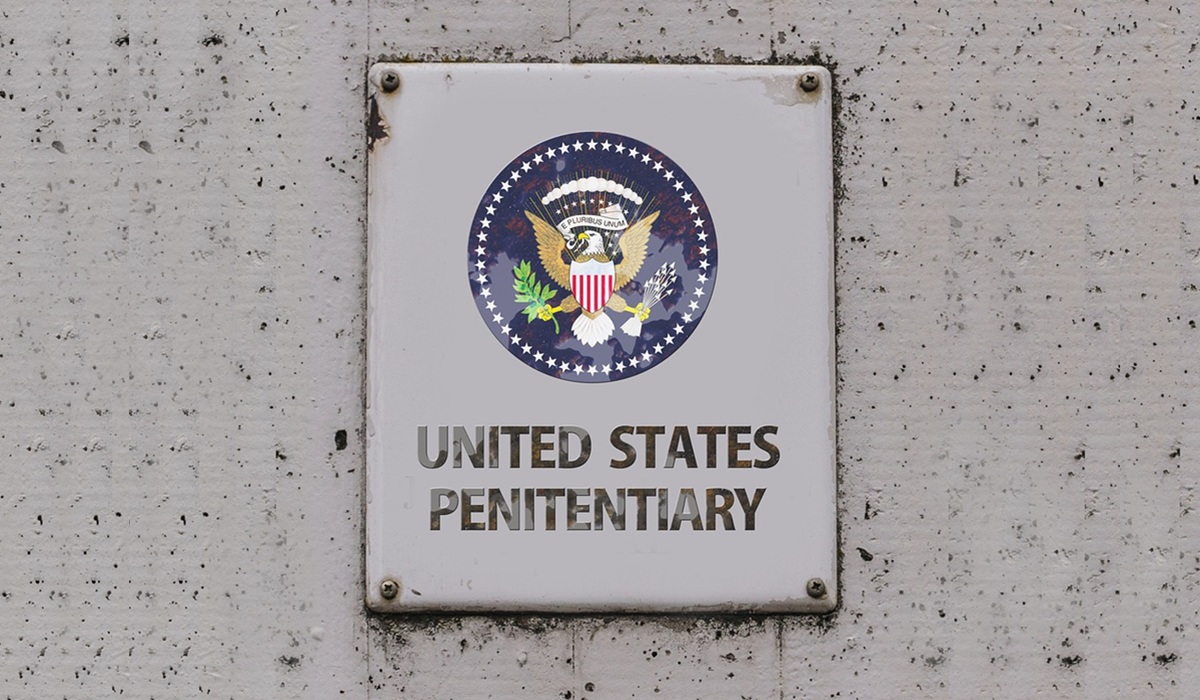America’s Quiet War Chest: Why Treasury’s ESF Is Propping Up Argentina
- TDS News
- U.S.A
- October 28, 2025

By: Donovan Martin Sr, Editor in Chief
The Exchange Stabilization Fund, or ESF, is one of Washington’s most misunderstood yet powerful financial tools. Created in 1934 under the Gold Reserve Act, it was designed to give the U.S. Treasury direct authority to intervene in global currency markets without needing Congressional approval. In practice, it’s a discreet pool of billions—comprised of U.S. dollars, foreign currencies, and International Monetary Fund (IMF) credits—used to manage crises, stabilize exchange rates, and, increasingly, influence geopolitics.
Treasury Secretary Scott Bessent is dipping into that war chest to backstop Argentina’s collapsing peso. Officially, the move is framed as a “currency swap” and stabilization effort meant to shore up confidence in President Javier Milei’s radical market reforms. But behind the diplomatic smiles lies a far more calculated play: to pull Argentina firmly back into Washington’s orbit and away from China’s expanding financial influence.
Argentina, for years, has been entangled in currency collapse, runaway inflation, and chronic IMF dependency. After flirting with BRICS membership under its previous administration, Buenos Aires reversed course under Milei, abandoning plans to join the China-led economic bloc. The United States saw an opening—and acted quickly. The ESF bailout, dressed as “support,” is in fact leverage: Washington is buying not only time for Argentina’s reforms but also influence over a country rich in lithium, agriculture, and energy reserves.
This is not the first time the ESF has been used as a global lever. In 1995, it rescued Mexico during the peso crisis with $20 billion in loans—money that was repaid, but only after Mexico pledged sweeping market reforms beneficial to U.S. investors. During the 2008 financial crash, the ESF quietly guaranteed money-market funds to prevent a total liquidity freeze. In 2020, it became a backstop for Federal Reserve emergency lending. The pattern is clear: every time the world teeters on financial instability, the Treasury wields the ESF not only to stabilize markets but to shape them.
The timing of Argentina’s rescue is hardly accidental. China has been courting Latin America aggressively, extending loans, building infrastructure, and pushing trade settlement in yuan—part of a long-term strategy to internationalize its currency. Rumors of a “gold-backed yuan” may be overstated, but Beijing’s growing gold reserves and settlement systems built around the Shanghai Gold Exchange have stirred concern in Washington that the global financial architecture could slowly tilt eastward. By locking Argentina into a dollar-denominated rescue, the U.S. Treasury sends a loud message: the Western Hemisphere is still dollar territory.
Yet, not everyone in America is applauding. Many taxpayers and farmers see this as another example of Washington bailing out a foreign economy while ignoring domestic pain. Rural communities facing credit strain and falling commodity prices question why billions are being funneled abroad when their own support programs are underfunded. The Treasury insists the ESF operates at no cost to taxpayers and historically earns a profit. While technically true, this argument misses the deeper point: every dollar deployed abroad represents political and opportunity cost at home.
Supporters argue that stabilizing Argentina is cheaper than allowing a financial collapse that could spill across Latin America and open the door to Chinese or Russian influence. Critics counter that the Argentine peso is beyond saving—that no amount of swap lines or emergency support can fix decades of fiscal recklessness and corruption. They see the bailout as prolonging the inevitable while exposing the U.S. to unnecessary risk in a region with a long memory of defaults.
The Treasury’s motives extend beyond simple economics. By tying Argentina’s liquidity to the dollar, Washington ensures that future contracts, trade agreements, and even resource extraction deals are structured around U.S. interests. It’s a form of financial statecraft—subtle, powerful, and almost invisible to the average American voter. The phrase “first rights of refusal” may not appear in any official document, but the strategic outcome is the same: access and influence over Argentina’s most valuable assets before Beijing can cement its hold.
Historically, the ESF has functioned as the executive branch’s secret weapon—a way to move fast in crises without the friction of congressional debate. That flexibility has been both its strength and its danger. Each intervention carries the implicit assumption that U.S. taxpayers will ultimately bear the cost if things go wrong. For now, Treasury officials are confident they can manage the exposure, citing the fund’s long record of self-sufficiency. But confidence isn’t collateral, and Argentina’s economic volatility has humbled even the most seasoned financiers.
In essence, the ESF’s Argentine gamble is about more than pesos—it’s about power. It represents Washington’s determination to remain the lender, not the borrower, of global stability, even as new financial blocs rise and gold-backed narratives challenge the dollar’s dominance. Whether it succeeds will depend less on Argentina’s recovery and more on whether American voters tolerate seeing their Treasury used as a geopolitical sword.
For many citizens, especially those who remember past promises of “temporary assistance” that became permanent commitments, skepticism is justified. The U.S. may call it stabilization, but history suggests something else entirely: when Washington opens the ESF, it’s not charity—it’s chess.








